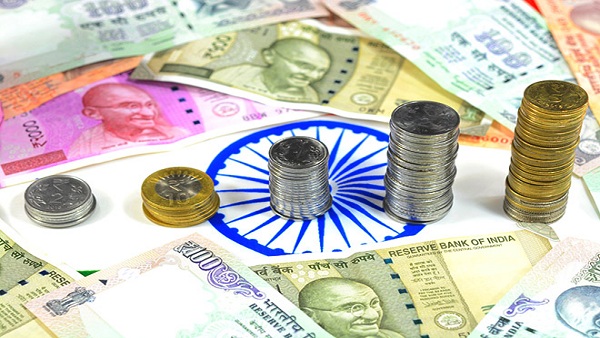Amidst softening retail inflation, the Monetary Policy Committee is expected to keep key rates unchanged and maintain its accommodative stance to help sustain the growth momentum. Some experts believe that there could be steps announced to calibrate excess liquidity.
Suman Chowdhury, Chief Analytical Officer, Acuité Ratings & Research, said: “Acuité believes, in line with market expectations, that Reserve Bank of India will continue with its accommodative monetary policy in October although it is likely that it may take some further steps to recalibrate the excess liquidity in the monetary system over the next one to two quarters.”
Economy bouncing back
While the high-frequency indicators for August and September reveal that economic activity is reaching its pre-pandemic levels and the risks of another wave of the Covid are gradually on a decline, the recovery momentum is still uneven, he said.
Retail inflation, as measured by the Consumer Price Index, eased to a four-month low of 5.3 per cent in August with moderation in food prices.
“We expect headline inflation for September to come in at a five-month low of 4.35 per cent,” said a Treasury Research report by HDFC Bank.
“…the RBI is likely to keep its stance accommodative and maintain surplus liquidity in the system. The RBI is likely to wait for growth impulses to get stronger and once domestic and global risks abate (third wave, global supply chain disruptions, Fed taper) before rolling back monetary accommodation,” it said, adding the RBI is likely to continue to manage the yield curve (through GSAP sterilised or Operation Twist).
The MPC, chaired by RBI Governor Shaktikanta Das, is set to meet between October 6 and 8 for the next bi-monthly review. The Reserve Bank had last cut the repo rate by 40 basis points in May 2020 but has since then maintained status quo on rates.
Upside risks to inflation
Economists at Standard Chartered Bank too said they expect the MPC to keep both reverse repo and repo rates unchanged at the October meeting and said it is likely to marginally trim its 2021-22 CPI forecast from 5.7 per cent towards 5.5-5.6 per cent, though upside risks to inflation have increased.
The Standard Chartered Bank report said it expects the MPC to signal reverse repo rate normalisation from December at the October meeting “…in the absence of growth shocks.” It expects the MPC to hike the reverse repo rate by 40 bps (to 3.75 per cent) at the December and February policy meetings.
“The trajectory of inflation is shifting down more favourably than anticipated. As pandemic scars heal and supply conditions are restored with productivity gains, a sustained easing of core inflation can be expected, which will reinforce the growth-supportive stance of monetary policy,” the RBI Bulletin of September had noted.
At the August policy meeting, MPC member JR Varma was the sole dissenter. While he agreed with the other five members on keeping the policy repo rate unchanged at 4 per cent, he disagreed on continuing with the accommodative stance. He had noted that the possibility that Covid-19 will haunt us (though with lower mortality) for three -five years can no longer be ruled out.




